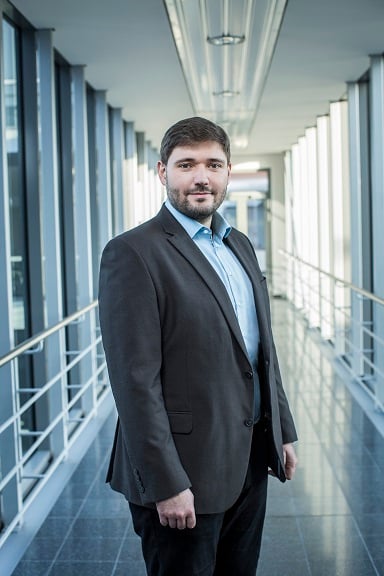O-076 NIMIC Nations Collaborative Efforts In Shock Modelling
Objective
The objective of this collaboration exercise is to compile a comprehensive review of work being conducted in the NIMIC nations to solve problems affecting our capabilities in the field of shock modelling.
Background and Introduction
The NIMIC workshops help in the advancement of IM technology in the member nations. They have the virtues that experts in different aspects of IM technology can inform others of their research and collaborators can comment on it and bring new perspectives to it via their own experience. Up to date, eleven technical workshops (one in two parts) have been organised.
The most recent workshop, entitled Small-Scale Testing and Modelling, was held at the Four Points Hotel, Fort Walton Beach, FL, USA from the 24th to 28th January 2000. The main objective was to bring experts in the testing and modelling communities together to discuss how small-scale tests and models could be applied and developed to assist in the hazard assessment of munitions. Gaining greater confidence in the ability to understand and, as a consequence, reduce the hazard associated with munitions continues to be of considerable importance to the IM community, striving towards reducing weapon vulnerability. Since results from appropriate small-scale testing and modelling could provide additional confidence in IM assessment, the workshop goal was To improve the understanding of the mechanisms of initiation and the prediction of the response of munitions to thermomechanical threats by using small-scale testing and modelling.
One of the outcomes of this workshop was that the participants proposed areas of deficiency in which they would like further discussion to occur, shock modelling was one such topic.
Aims of this collaborative effort
In order to prepare the document described in the objective, the aims of the collaboration will be:
- To identify information, which could be exchanged
- To identify where joint activities might be able to be sponsored for the future
- To co-ordinate modelling and testing efforts
- To assign confidence levels to the results
- To provide input for empirical, data correlation engineering, hydrodynamic or first principles type models


